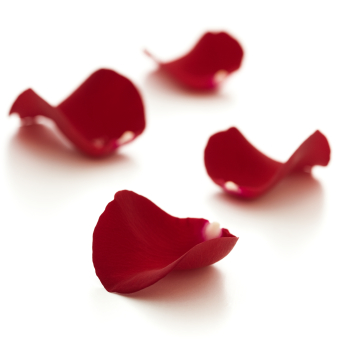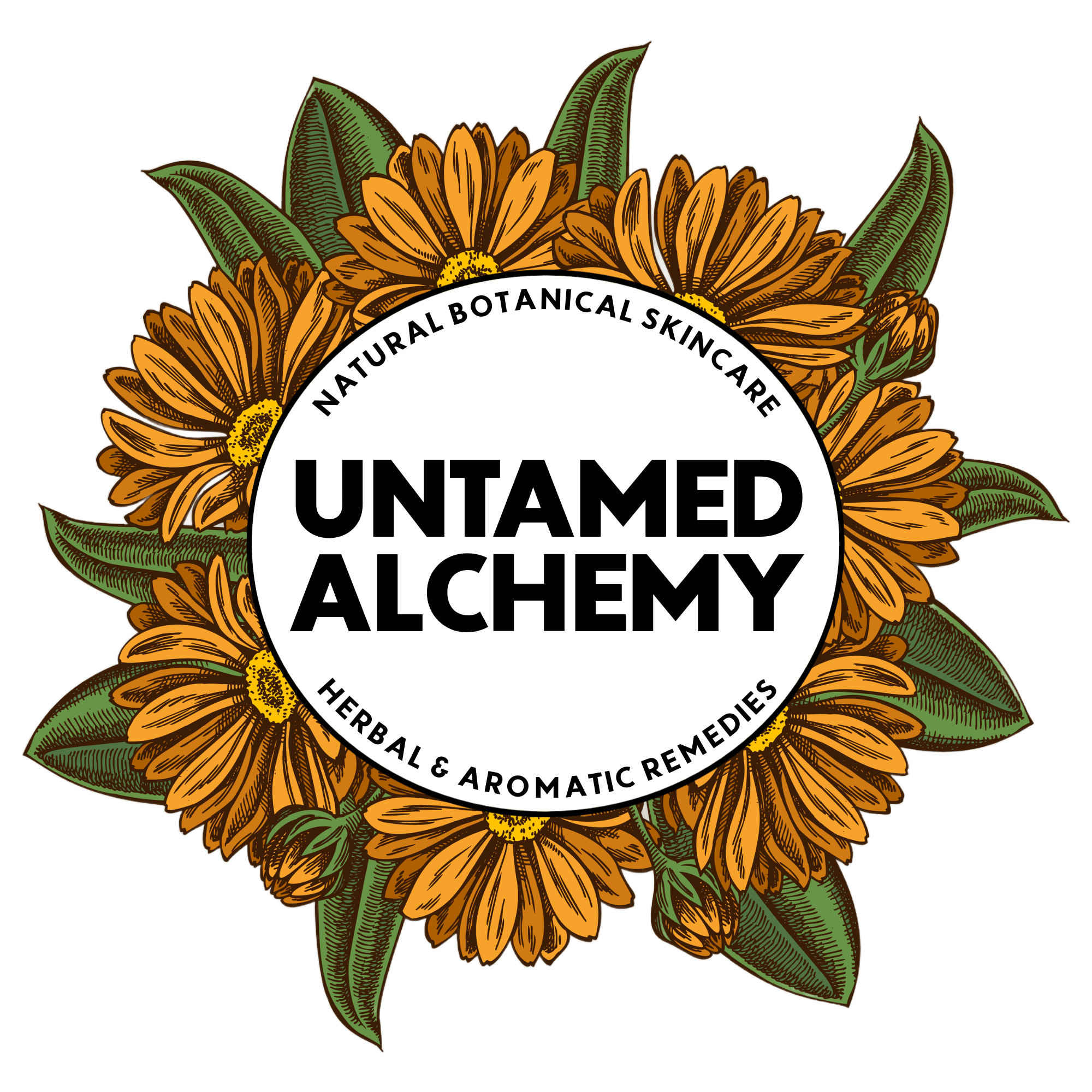Ah, the ubiquitous rose! Symbol of purity, inspiration, beauty, devotion, elegance, fidelity, compassion, spirituality, sensuality, and, of course, love, the celebrated rose has enjoyed almost too much attention and adoration.
Countless poems, novels, pictures, movies, and, yes, Valentine’s Day advertisements have alluded to the lore of the rose so much that it’s suffered a veritable backlash.
With so few people actually stopping to smell roses, particularly the varieties renowned for fragrance, most poor souls today are left “knowing” rose as nothing more than an overbearing synthetic concoction in air freshener, a chemically derived fragrance oozing from cheap hand soap, or a thorny stem in the hand of a sorry suitor.
If you are among those whose exposure to rose is limited to sad bushes passed while walking your dog or a wimpy red dozen wilting at an airport gift shop, you might by surprised by the deep magic, powerful symbolism, and abiding intrigue of the not so common rose; they don’t call her the Queen of Flowers for nothing.
Roses have come to be prized for multiple reasons: their blooms, their fragrance, and their fruit (called “hips”). Both the flowers and the hips are high in Vitamin C and E and often used in jams and jellies. The flowers appear in long stemmed bouquets and hedgerows across city and countryside alike. The enthusiasm with which the world has enjoyed roses has resulted in their being cultivated all over the world.
There are over 100 species of rose, each able to stand apart in some way or another from its sisters, either by its especially showy bloom or its exceptional fragrance, its ability to climb and vine or its tendency to shrub. Cultivators continue to delight in coaxing forth new color combinations, bringing fascinating new hybrids each year.
Of course, for aromatherapists and other naturalists like me, it’s the nature of rose–and not what we have nurtured in hybridization–that holds the deepest magic. Indeed, the rose’s penultimate place in most people’s minds is anchored in long-held archetypal associations. The keeper of confidence and secrets, rose is associated with Aphrodite, goddess of Beauty, and with the Virgin Mary. To wit, she’s connected with purity and innocence, as well as love and devotion. Energetically, aromatherapists look to rose to ease deep-seated grief, lift up depression, mitigate shock, and soothe anger. Rose brings a feeling of penetrating love that can address and heal deep wounds, particularly those associated with loss. Uplifting and hopeful, rose fragrance from pure rose essential oil is a formidable tool in healing the loss of a loved one. (I reclaimed rose for my nose myself earlier this year after losing my father.)
Said by many to hold the highest vibration of any flower or plant essential oils, rose’s delicate fragrance and essence are difficult to faithfully capture (and nothing like the synthetic rose impostors floating about!). Just like some varieties of potato are better for boiling, others for mashing, the world has favorite varieties for each of rose’s gifts. Dog rose, or Rosa canine, is the typical source for “official” rose hips. Typically, we look to Rosa centifolia (commonly called Cabbage Rose) and Rosa damascena for use in essential oil distillation as they hold the most compelling aroma; they are the darlings of perfumers around the world.

Both rose centifolia and damascena are typically either solvent-extracted (Rose absolute) or, in their most expensive variety, steam-distilled (Rose otto). Rose absolute is said to have a more true rose aroma; Rose otto is the only oil suitable for food and flavoring.
Regrettably, most of the rose oils easily obtained in health food stores and from less reputable essential oil companies are of such low quality, they cannot be said to faithfully represent the substance of pure, thoughtfully derived, unsprayed rose oil.
If your 5 ml bottle of rose oil cost less than $200, you can be sure it’s been diluted or adulterated. Sadly, that often means the source flowers were heavily sprayed with chemicals and pesticides, too.
In addition to the energetic associations with its fragrance, rose is also renowned for its therapeutic effects. With its tendency to gently support hormone balance and hydrate and nourish skin, it is often used as a general tonic to the reproductive and nervous systems.

For a woman in menopause, few things are as refreshing and restorative as a quick mist of rose on the face. Luckily, rose hydrosol (or rose water) is said to have energetic and healing ability equal to rose oil, making it possible to enjoy rose’s benefits without the price tag and worry associated with sourcing quality Rose absolute or Rose otto.
For my own flower remedies and tinctures using rose, I often work with blooms from the Flutterby rose my husband planted for my birthday several years ago. For my aromatherapy products through Untamed Alchemy, I get my rose oils from an exceptional provider here.
You can make your own rose water featuring blooms from your own garden (which is probably the best way to both align with their vibration and ensure that they are unsprayed and thoughtfully cultivated). You’ll be working with an ingenious homemade “still” to draw out our flowers’ fragrance; you’ll need a large pot with a curved lid (so you can invert it) and a small brick; the blue speckled pots used for canning are ideal. Your homemade rose water will be best if it features blooms that are small, fragrant, and at the peak of their bloom and blush.
Homemade Rose Water
Ingredients:
- 2-3 quarts fresh roses or rose petals, ideally unsprayed/pesticide-free
- Water (as pure as possible! Try to find rain or well water…)
- Ice cubes or crushed ice
Materials:
- A large pot with an invert-able lid
- A small brick
- A tempered glass bowl
Place your brick in the center of your large pot; place the bowl on top of the brick. Put the roses in the pot and add just enough flowers to reach the top of the brick. Pour in just enough water to cover the roses; the water should be just above the top of the brick.
Place the lid on your pot upside down so that the top of the lid is concave. Turn on the heat and bring the water in the pot to a rolling boil. When it reaches a full boil, fill the top (outside!) of the lid with ice cubes. Lower heat to a slow steady simmer.
This is your homegrown still! When your water boils, steam will rise to the top of the pot and condense as it hits the cold lid. The condensed rose water (steam) will trickle to the bottom of your lid and drop into your bowl giving you your very own rose water.
Check the bowl every 15-20 minutes (you can remove the rose water with a spoon along the way, if you desire) adding ice to the lid to keep it cold as needed and stopping when you have at least a pint of pure, fragrant, sweet rose water.









2 thoughts on “mooning over rose”
Comments are closed.